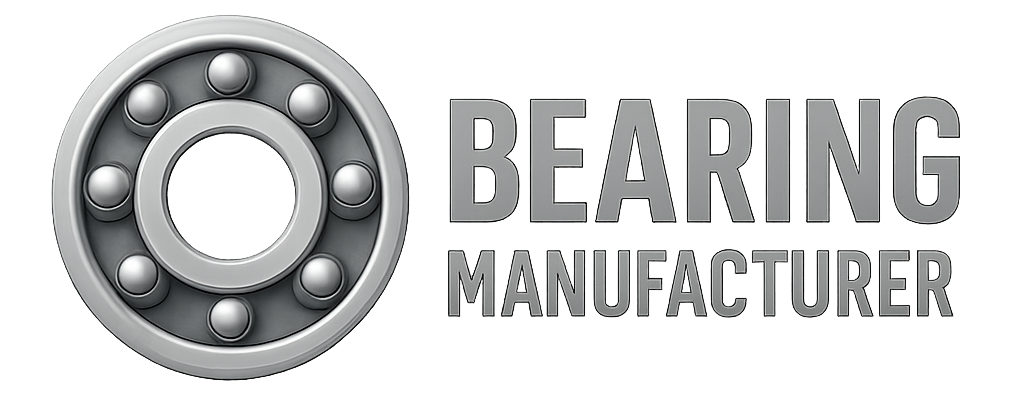Ball bearings are small yet pivotal components in modern machinery and technology. This article explores the intriguing history behind these crucial inventions, focusing on the key question: Who invented the ball bearing? We trace their roots from ancient times to their role in today’s technological advancements, with a special focus on miniature bearings, which excel in precision and streamlined design.
The Early Beginnings: Ancient Friction Reduction Methods
Dating back to the construction of the Egyptian pyramids, early civilizations developed ingenious methods to reduce friction.
-
One common approach was the use of logs as primitive rollers beneath heavy stones, greatly easing transportation and reducing surface wear.
-
These methods introduced the principle of replacing sliding friction with rolling friction—a foundation of bearing technology.
Ancient Roman Innovation: The Earliest Ball Bearing Example
Around 40 AD, a rudimentary form of ball bearing was discovered in a Roman shipwreck in an Italian lake. It was part of a revolving table, with balls placed beneath the surface to facilitate rotation and allow diners to easily access food. This represents one of the earliest practical applications of rolling elements.
Leonardo da Vinci: The Pioneering Vision
In the late 15th century, Leonardo da Vinci produced detailed sketches of bearings remarkably similar to modern ball bearings.
-
His drawings showed spherical balls enclosed within two concentric rings.
-
He also conceptualized a cage to hold the balls in place, ensuring uniform spacing and reducing friction between them.
Although da Vinci never built a functioning ball bearing, his mechanical insight laid the groundwork for future developments.
The Industrial Revolution and Philip Vaughan’s Patent
The Industrial Revolution created a demand for better motion systems in machinery.
-
In 1794, Philip Vaughan, a Welsh inventor, patented a design with balls running along a groove between an axle and wheel hub.
-
This is widely recognized as the first modern ball bearing design, offering improved load capacity and smoother motion compared to earlier methods.
From Wood and Bronze to Steel
Early bearings used wood and bronze, but these materials could not withstand high speeds and heavy loads.
-
The introduction of steel ball bearings during the Industrial Revolution was a turning point, providing greater strength and durability.
-
Today, material innovations such as ceramic ball bearings and hybrid designs offer enhanced performance for demanding applications.
Expansion and Refinement in the 19th and 20th Centuries
-
1869 – Jules Suriray patented radial ball bearings, improving performance in bicycles by handling both radial and axial loads.
-
Early 20th century – Sven Wingquist developed self-aligning ball bearings, which allowed inner rings to pivot within outer rings, solving misalignment problems and improving bearing life.
-
Advances in steel alloys, lubrication, and sealing technology further enhanced ball bearing efficiency and reliability.
The Rise of Miniature Bearings in Modern Technology
Miniature bearings demonstrate the adaptability of ball bearing technology across industries. Types include:
-
Inch Size Miniature Ball Bearings (Metric) – Precision bearings designed for inch or metric measurements.
-
Inch Size Miniature Flanged Ball Bearings (Metric) – Bearings with built-in flanges for easy mounting and secure positioning.
-
Miniature Ball Bearings with Extended Inner Ring – Bearings providing additional axial support.
-
Miniature Flanged Ball Bearings with Extended Inner Ring – Bearings combining a flange and extended inner ring for superior alignment and load handling.
-
Miniature Thrust Ball Bearings – Bearings designed for applications dominated by axial loads.
Conclusion
From ancient rollers to Roman banquet tables, from Leonardo da Vinci’s designs to Philip Vaughan’s patent, the ball bearing has undergone centuries of refinement. Today, whether in heavy industrial machinery or precision miniature bearings, ball bearings remain a cornerstone of technology, enabling smoother, more efficient motion across countless applications.
